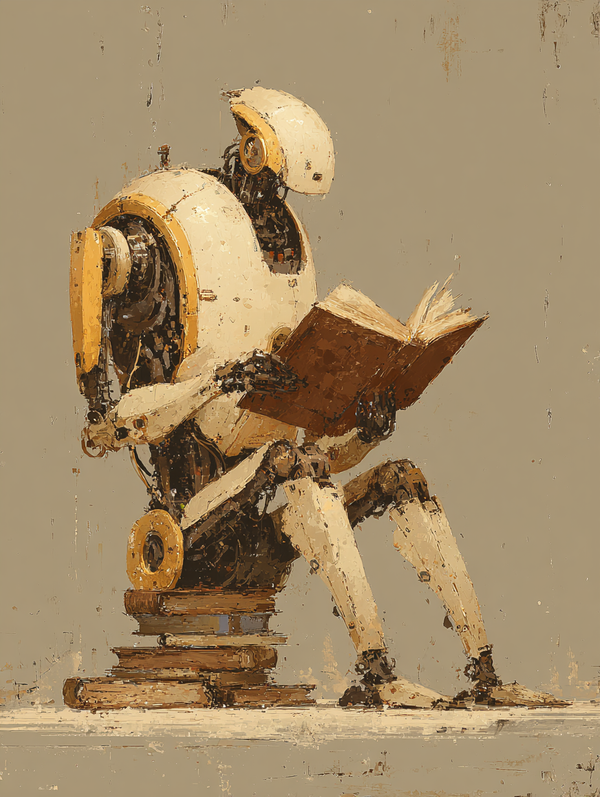AI Tutors vs. Traditional Tutoring: Key Differences

AI-based tutoring and human tutoring each have strengths and limitations. Understanding their differences can help students decide how to incorporate AI into their prep:
Cost and Accessibility
AI tutoring is typically far more budget-friendly and accessible. Many AI study platforms charge a flat subscription (e.g. $20–$60 per month for unlimited help), whereas private human tutors often charge $50–$150 per hour . This massive cost difference means AI tools can democratize access to quality prep – a student can get guidance 24/7 without paying hundreds of dollars. Moreover, AI tutors are available anytime, anywhere you have an internet connection, unlike humans who have limited schedules and availability . For busy students juggling school and activities, the on-demand nature of AI is a huge advantage.
Personalization and Pace
Both AI and good human tutors personalize instruction, but they do so differently. A skilled human tutor reads the student’s body language and confusion, and can dynamically adjust explanations. AI tutors personalize by crunching data – they track your answers and adapt the lesson plan algorithmically. An AI system never gets tired of repeating fundamentals and will patiently reteach any concept as needed. It also keeps a consistent approach; in fact, AI feedback is highly uniform and never has an “off day” in mood . On the other hand, human tutors can sometimes provide deeper insight for very complex or creative problems, and they bring empathy and encouragement that motivate students. As one analysis put it: AI excels at structured practice with instant feedback, whereas human tutors excel at nuanced guidance and emotional support. A hybrid approach (using AI tools alongside occasional human coaching) can offer the best of both.
Speed of Feedback
AI tutors give instant feedback. Ask a question or submit an answer, and the AI responds in seconds with an explanation or correction. There’s no waiting until your next tutoring session to clarify a mistake. This immediacy helps students learn from errors in the moment. Studies show that immediate feedback can improve accuracy and long-term retention of material.
Human tutors, conversely, might take a day to grade a practice essay or might not be on call late at night when you’re stuck on a problem. For self-driven students, AI’s quick responses keep the momentum going and frustration low.
Scalability and Practice Volume
An AI can drill you with as many practice questions as you want, and it will never run out of patience or material. Students can thus get far more practice than they might with a limited hour or two per week of human tutoring. AI platforms also often track your progress and display analytics – e.g. improvement in mock test scores, time spent per question – giving a clear picture of progress that a student and parents can monitor . On the flip side, the virtually infinite practice means students must be disciplined not to let the AI do all the work. A human tutor might better enforce accountability (e.g. checking you did your homework), whereas AI tools rely on the student’s self-motivation to use them effectively.
Emotional and Motivational Support
One area where human tutors still shine is the human touch – they can empathize with test anxiety, give moral support, and adapt their teaching style to a student’s personality. AI tutors currently can’t truly read a student’s emotions or build a personal mentor relationship. They also might miss nuances – for example, noticing when a student is frustrated or needs a confidence boost. Some AI systems attempt to detect sentiment from the student’s inputs, but they are limited (one analysis noted AI can interpret emotional tone with about 68% accuracy versus a human tutor’s 92% ). Thus, while AI can encourage (“Great job!” messages) and gamify learning, it may not replace the motivational coach aspect of a good teacher or parent. Students who need a lot of encouragement or who struggle with self-study may benefit from keeping a human element alongside AI tools.
Bottom line
AI tutors are fast, affordable, and data-driven, while human tutors offer deep expertise and emotional understanding . Many students are now combining the two – using AI apps for daily practice and explanation, and consulting teachers or tutors for higher-level guidance and encouragement.
Sources
- AI Tutoring vs. Traditional Tutoring: Key Differences | Dialzara
https://dialzara.com/blog/ai-tutoring-vs-traditional-tutoring-key-differences
- How to Use ChatGPT and AI Tools for SAT/ACT Test Prep
https://collegejourney.ai/blog/applying/use-chatgpt-for-sat-act-prep
- AI tutoring outperforms in-class active learning: an RCT introducing a novel research-based design in an authentic educational setting | Scientific Reports
https://www.nature.com/articles/s41598-025-97652-6?error=cookies_not_supported&code=2b178902-064b-4e94-81a6- f3604c303beb
- Stanford’s AI-Assisted Tutoring Study — AI for Education
https://www.aiforeducation.io/blog/stanfords-ai-assisted-tutoring-study




